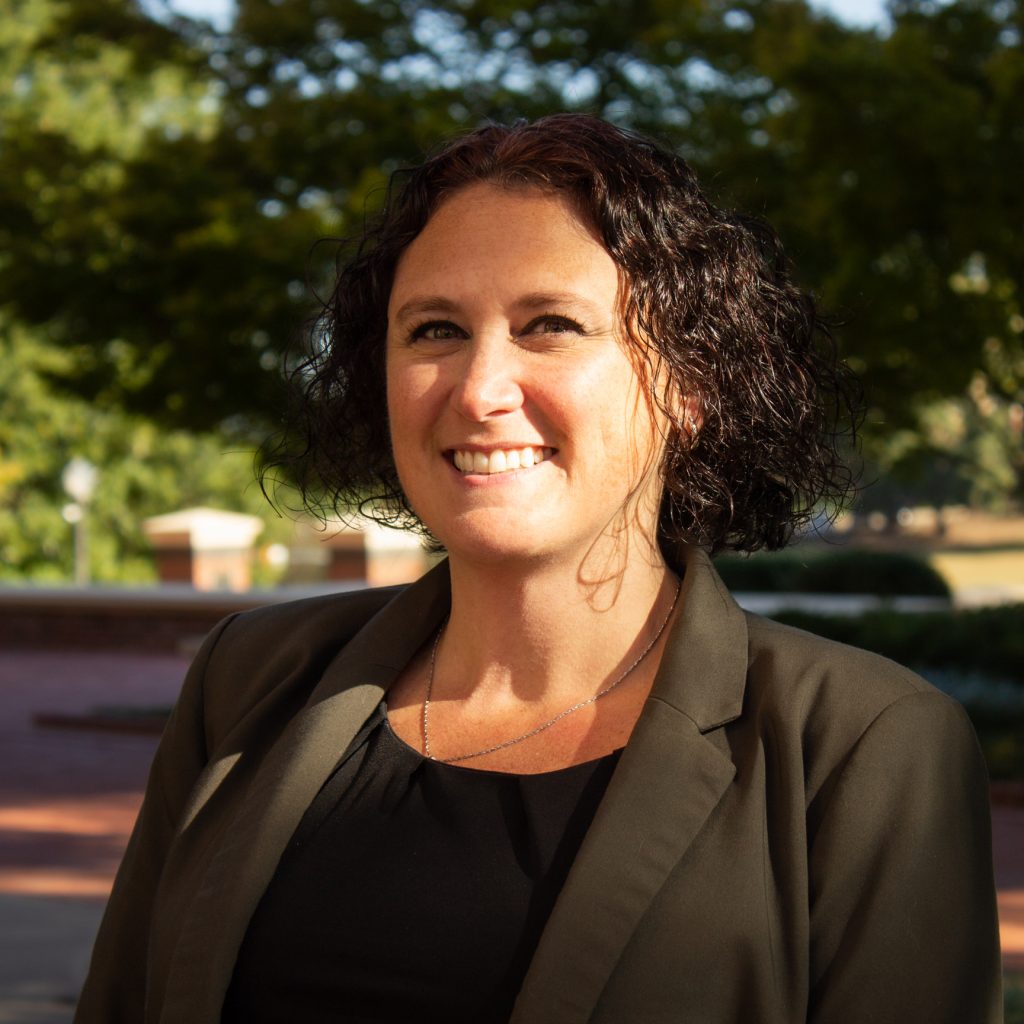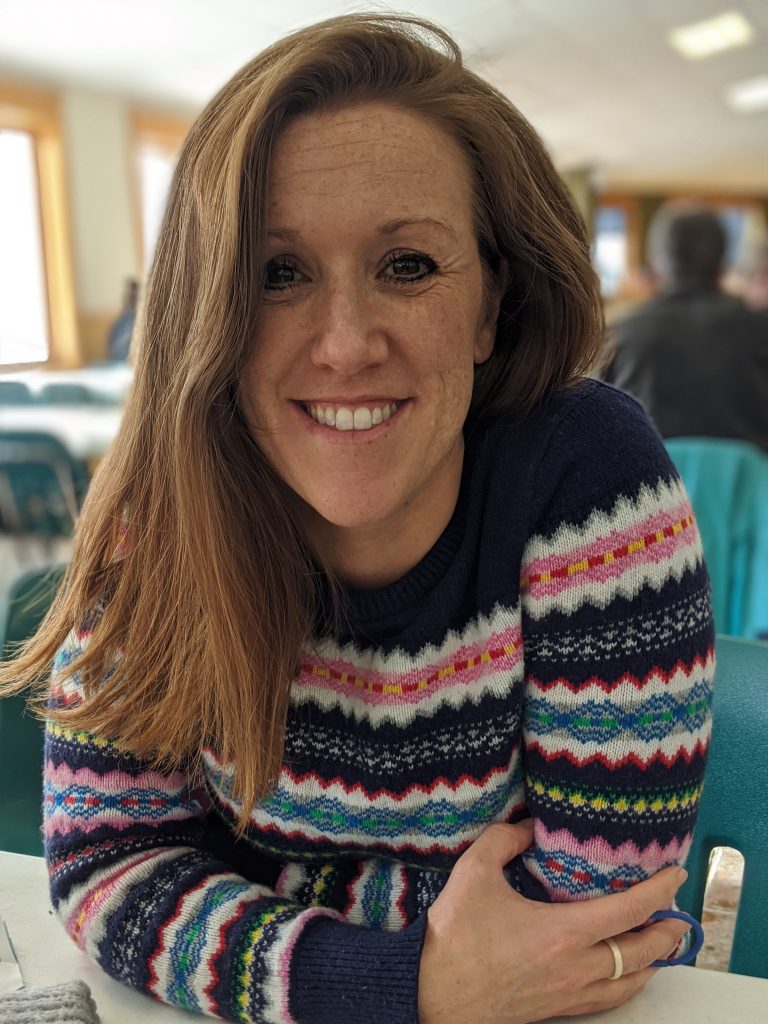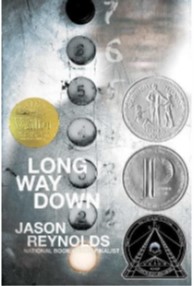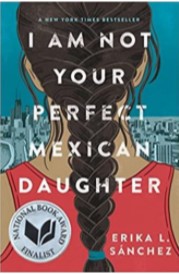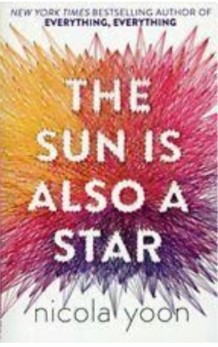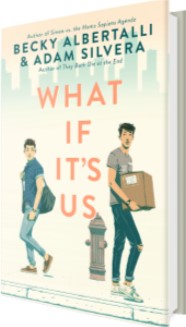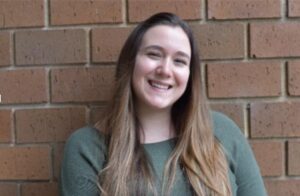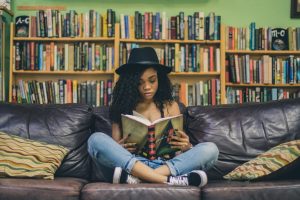By: Steven Jernigan, South Carolina English Language Arts Teacher
In her 2021 inaugural poem “The Hill We Climb,” poet Amanda Gorman says, “We, the successors of a country and a time where a skinny Black / girl descended from slaves and raised by a single mother can / dream of becoming president, only to find herself reciting for one.” The quote establishes Gorman’s position in the pageantry as the public figure representing art and youth and diversity, while also fully cementing that position in the context of the arduous journey it took to get there – her personal history and the country’s alike. There’s more in that poem – and moment – that is worth dissecting and poring over, but it is that line specifically – high visibility and positioning oneself within the narrative – that there lies a connection between culturally sustaining pedagogy and student’s emotional wellbeing. Author Jennifer Buehler (2019) writes, “We are always making sense of our own and others’ lives in terms of storylines that tell us what to expect in social situations” (pg. 12). Here, Gorman is providing the narrative and the storyline wherein Black children – Black girls specifically – can be seen and heard and admired. One must ask however, what happens if that narrative is not the dominating one in the classroom? It should lead to educators asking questions of their practice such as: What storylines and narratives are we presenting to our students? Furthermore, what are these stories conveying about a student’s own position in the classroom and the world around them?
Narratives in the ELA Classroom
During my time as an English teacher, these questions have served as the basis for most of the teaching decisions. The texts we choose to read in class, if not directly offering students the ability to see themselves in the classroom, are often centered around discourse and writing where students examine and analyze their position both in the classroom and broader society as a whole. Authors Baker-Bell, Butler, and Johnson (2017), in their article “The Pain and the Wounds: A Call for Critical Race English Education in the Wake of Racial Violence,” highlight how English teachers “invoke racial violence when we don’t cultivate critical media literacies that Black and Brown youth can use to critique, rewrite, and dismantle the damaging narratives that mainstream media has written about them” (pg. 124). While the call here is to provide students with the tools and knowledge for how to identify and rectify the power structures they are subjected to and perhaps even uphold, the consequence of not doing so should not go unnoticed – the continued upholding of a system that enacts violence on the bodies of Black and Brown youth. And while that consequence provides enough justification for critical examination in the classroom, it is worth noting that research (Andolina & Gonklin, 2019; Scriuba, 2014) suggests engaging students in such practices promotes the building of empathy, importance of community, and need for equity within our students.
Creating a Culturally Sustaining ELA Environment
In specifically addressing these questions and concerns in my classroom this year, I and the other English 2 teachers have centered our world literature curriculum around the pairing of whole class text with student choice, YA novels. As a whole, our school has actively engaged in students doing some version of self selected, independent reading. At its best, this practice was used to dedicate one day a week to sustained reading with perhaps a whole class discussion follow up. At its worst however, it was used to fill time after quizzes and tests. While there is nothing inherently wrong with using time after assessment as an opportunity to get students to read, we felt that this year there was something more we could do. So, we went about finding YA books that fit with the more traditional texts that had been a part of the curriculum for years. In our reading of Shakespeare’s Othello for example, we are having students choose from a selection of works that sit systemic racism as a central conflict in their narratives. We are then setting aside one day a week to the readings of these choice texts. During these readings, we will also be breaking students up into groups where they will participate in conversations around text-to-text, text-to-self, and text-to-world comparisons. In addition, the students will be maintaining blogs as a space to talk about their conversations and overall impressions from their study of the two works of literature. A project similar to this – students created text sets that related to central ideas of their two novels – was done with the reading of Achebe’s Things Fall Apart; those projects allowed for some excellent conversation around the ways in which societies – both our own and others – struggle with progress and tradition.
Aside from fully revamping a course’s entire curriculum however, there are other ways to get storylines and narratives into the classroom that have students examine, critique, and see themselves in the world they occupy. In my English 3 American Literature course, this has been done by examining poetry like Amanda Gorman’s. In looking at poetry as both a form of argumentation and as emotional expression, students are reading Gorman’s and Angelou’s inaugural poems to see how poets – Black poets specifically – were using their craft to discuss and critique American society. The students are to not only examine the argument present in both these works, but to identify challenges and obstacles that are present in their own lives and communities that could be addressed with poetry too. While the dream would be to have a room full poet laureates that all have my class to thank as their genesis, the overall goal is for these students to see themselves as agents of change in their own world – to position themselves in places they are heard, seen, and appreciated.
The specific practices offered here sit not as quick fixes to systemic, holistic problems, but rather as a push to get educators to acknowledge the narratives and stories elevated in their classroom. As noted in Kristina Montero’s book review of Paris and Alim’s Culturally Sustaining Pedagogies: Teaching and Learning for Justice in a Changing World (2017), creating a more equitable world for our students means rooting out the white supremacist and colonial practices that have and continue to pervade our field. Doing so, requires self-examination and identification of our own role in the maintenance of a system that oppresses and silences. In other words, the work is inward as much as it is outward. As noted by Gorman however, “For there is always light / If only we are brave enough to see it / If only we are brave enough to be it.”
References:
Andolina, M. W., & Conklin, H. G. (2020). Fostering Democratic and Social-Emotional Learning in Action Civics Programming: Factors That Shape Students’ Learning From Project Soapbox. American Educational Research Journal, 57(3), 1203–1240. https://doi.org/10.3102/0002831219869599
Baker-Bell, A., Butler, T., Johnson, L. (2017). The Pain and the Wounds: A Call for Critical Race English Education in the Wake of Racial Violence. English Education, volume 49 (2), 115-129. Retrieved From https://library.ncte.org/journals/ee/issues/v49-2/28917.
Buehler, Jennifer (2019). Positioning Theory: Exploring power, Social Location, and Moral Choices of the American Dream in American Street. In R. Ginsberg and W. J. Glenn (Eds.), Engaging with Multicultural YA Literacy in the Secondary Classroom (pp. 11-21). Taylor and Francis Group.
Montero, M. (2019). Creating Cultural Sustenance in the Classroom: A Review of Culturally Sustaining Pedagogies: Teaching and Learning for Justice in a Changing World. Journal of Adolescent & Adult Literacy, 62(6), 698–701. https://doi.org/10.1002/jaal.956Sciurba, Katie (2014).
Texts as Mirrors, Texts as Windows: Black Adolescent Boys and the Complexities of Textual Relevance. Journal of Adolescent and Adult Literacy, 58( 4), 308– 316. doi: 10.1002/jaal.358.
About the Author
Steven Jernigan has three years of teaching experience and is currently an English Language Arts teacher in Greenville, South Carolina and a Graduate Student in the Literacy Masters Program at Clemson University.
